The US Department of Energy (DOE) and partners announced the Vehicle-to-Everything (V2X) Memorandum of Understanding (MOU) that aims to bring together resources from the DOE, national labs, state and local governments, utilities, and private entities to evaluate the technical and economic aspects of integrating bidirectional charging into the nation’s energy infrastructure.
As the number of electric vehicles (EVs) grows (including larger trucks and buses), their batteries can be used to add support the grid.
A bidirectional EV fleet could serve as both a clean transportation as well as an energy storage asset that sends power back to everything from critical loads and homes to the grid. A bidirectional fleet could also create new revenue opportunities for EV owners or fleets.
The International Energy Agency (IEA) conservatively estimates that 130 million electric vehicles (EVs) will be on the road globally by 2030. Bidirectional plug-in electric vehicles (PEVs) offer an opportunity to support the grid, enhancing security, resilience, and economic vitality.
“The MOU signed today represents a collaborative approach to researching and developing novel technologies that will help unify the clean energy and transportation sectors while getting more American consumers into electric vehicles,” said Deputy Secretary of Energy Dave Turk. “Integrating charging technology that powers vehicles and simultaneously pushes energy back into the electrical grid is a win-win for the future of clean transportation and our energy resilience overall.”
To tackle the technical challenges of Vehicle Grid Integration (VGI), the DOE is the EVs@scale lab consortium, which brings together six DOE national laboratories to conduct RD&D in the areas of Smart Charge Management, High Power Charging and Facilities, dynamic Wireless Charging, Codes and Standards, and Cyber Physical Security.
The International Brotherhood of Electrical Workers (IBEW) Local 11 and the National Electric Contractors Association Los Angeles have both signed on, demonstrating a commitment to building a skilled and qualified workforce needed to install bidirectional PEV charging infrastructure.
Participants in the V2X MOU include the United States Department of Energy’s Offices of Vehicle Technologies, Electricity, Technology Transitions, and Cybersecurity, Energy Security, and Emergency Response, as well as The California Energy Commission, The California Public Utilities Commission, The City of Lancaster and City of Lancaster Community Choice Aggregator, The City of Los Angeles, Fermata Energy, First Student, Ford Motor Company, General Motors LLC, International Brotherhood of Electrical Workers– Chapter 11, Lion Electric Inc., Los Angeles Department of Water and Power, Lucid Group, Inc. (Lucid Motors), the National Electrical Contractors Association – Los Angeles, Nissan, Nuvve Holding Corp., Pacific Gas and Electric Company, Rhombus, Sacramento Municipal Utility District, San Diego Gas & Electric, Southern California Edison, and Zeem Solutions.
“This groundbreaking agreement couldn’t come at better time as the EV market is taking off and the grid is moving towards 100 percent clean electricity in California and beyond,” said California Energy Commission (CEC) Commissioner Patty Monahan. “Unlocking vehicle-to-everything integration is critical to fully realizing our clean energy future and this new collaborative is a significant step in the right direction bringing all the players involved together to move the market forward.”
This content is protected by copyright and may not be reused. If you want to cooperate with us and would like to reuse some of our content, please contact: editors@pv-magazine.com.
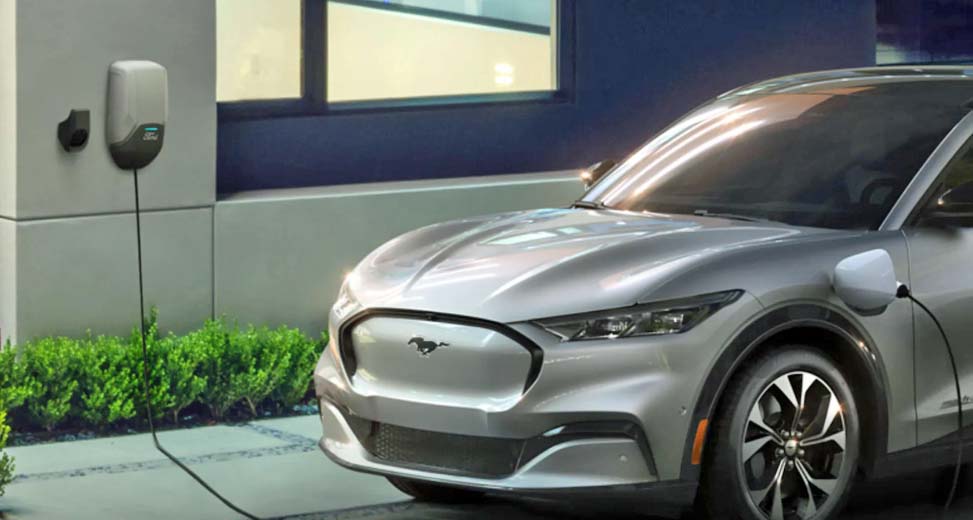
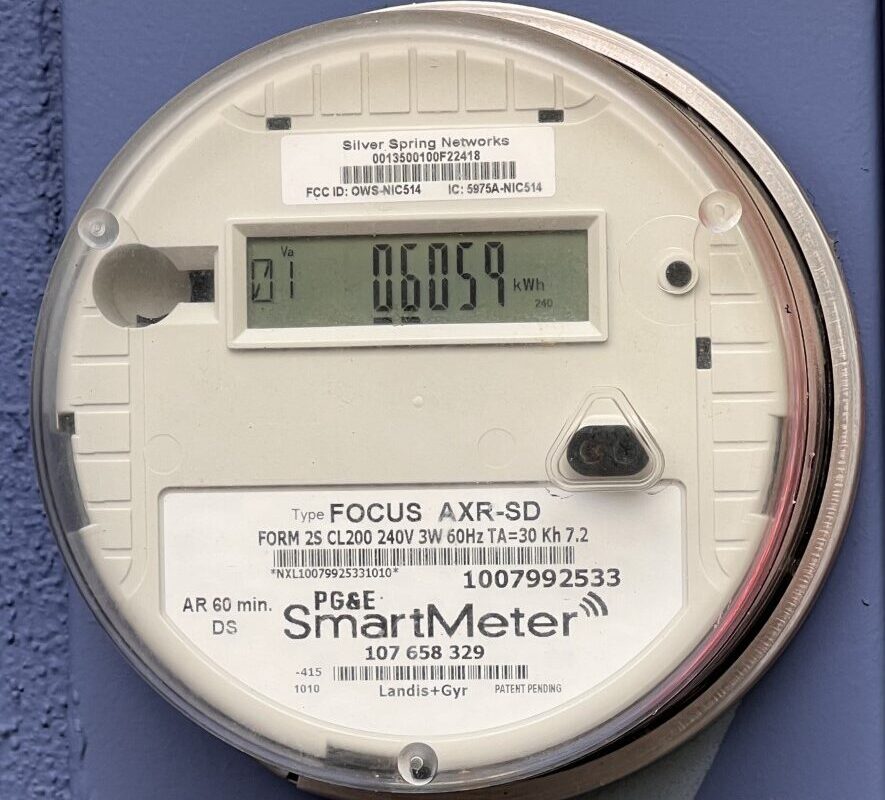



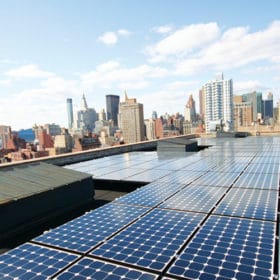
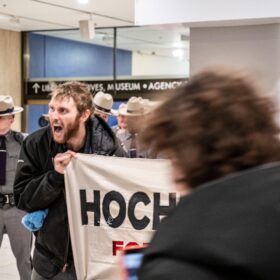
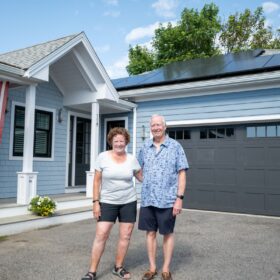

The best marketing for EV cars, buses, utilities vehicles etc. is that with V2X, they are ALSO dual-use.
Think of a fleet of EV school buses during weekends/holidays/off-season or emergencies…a huge source of standby power could thus be made available. Add in EV car and truck rental companies and you have virtual “standby power stations” available for grid support.
Wireless charging and ev batteries grid both are awesome.